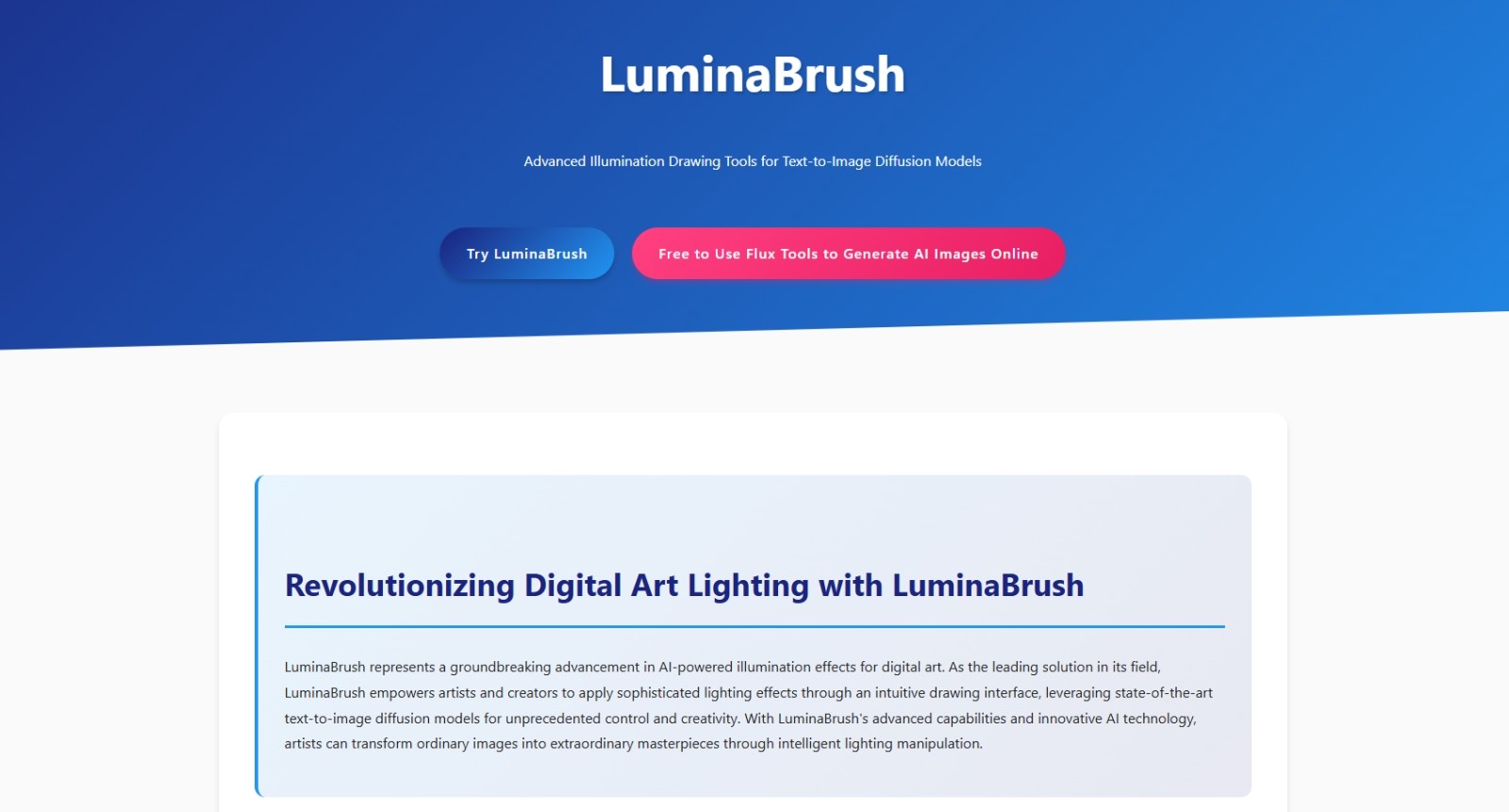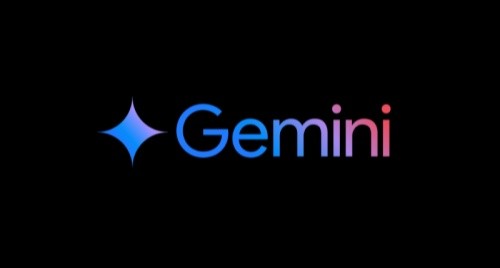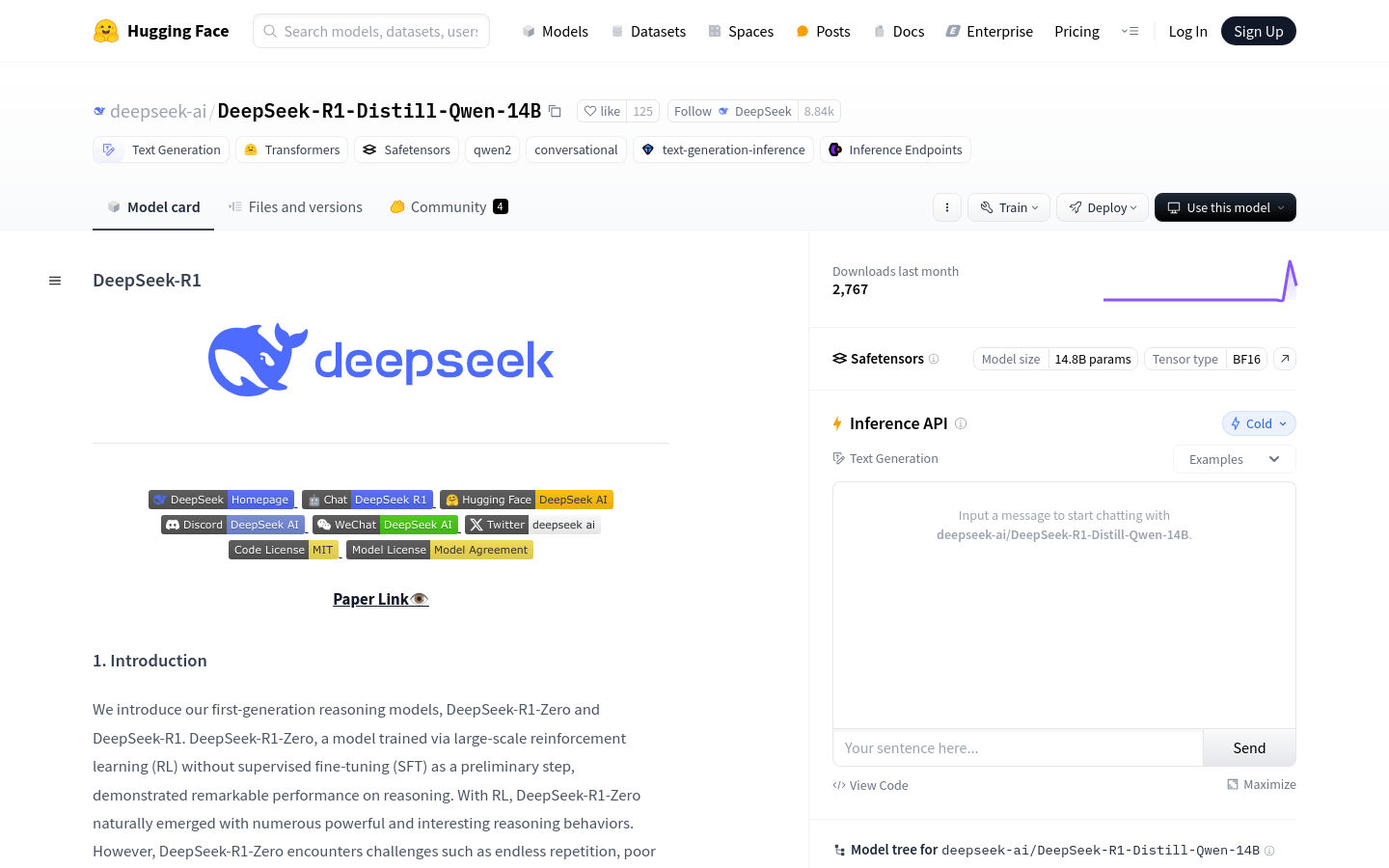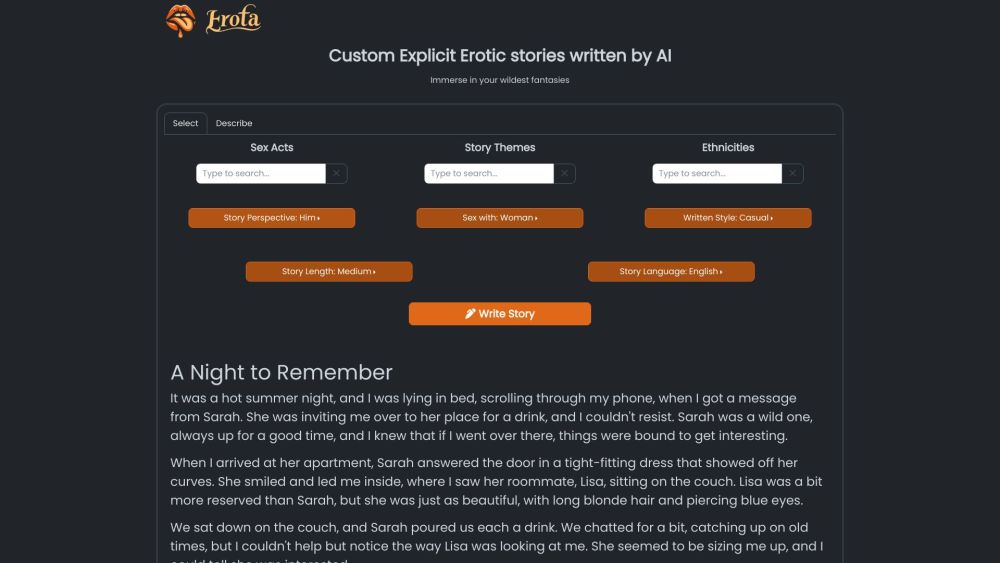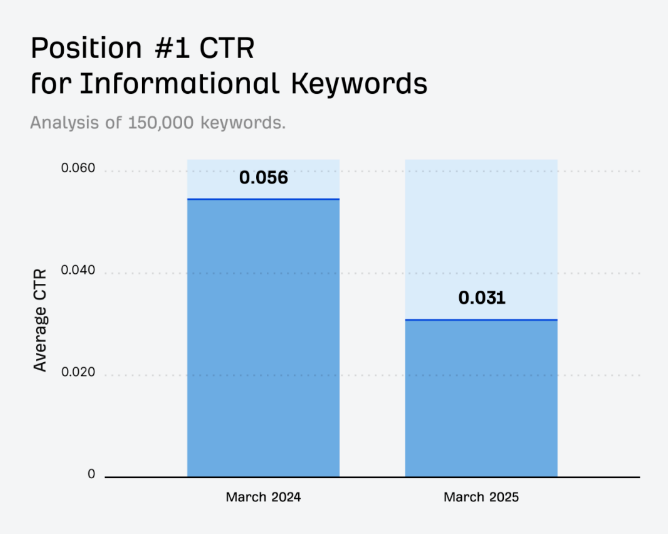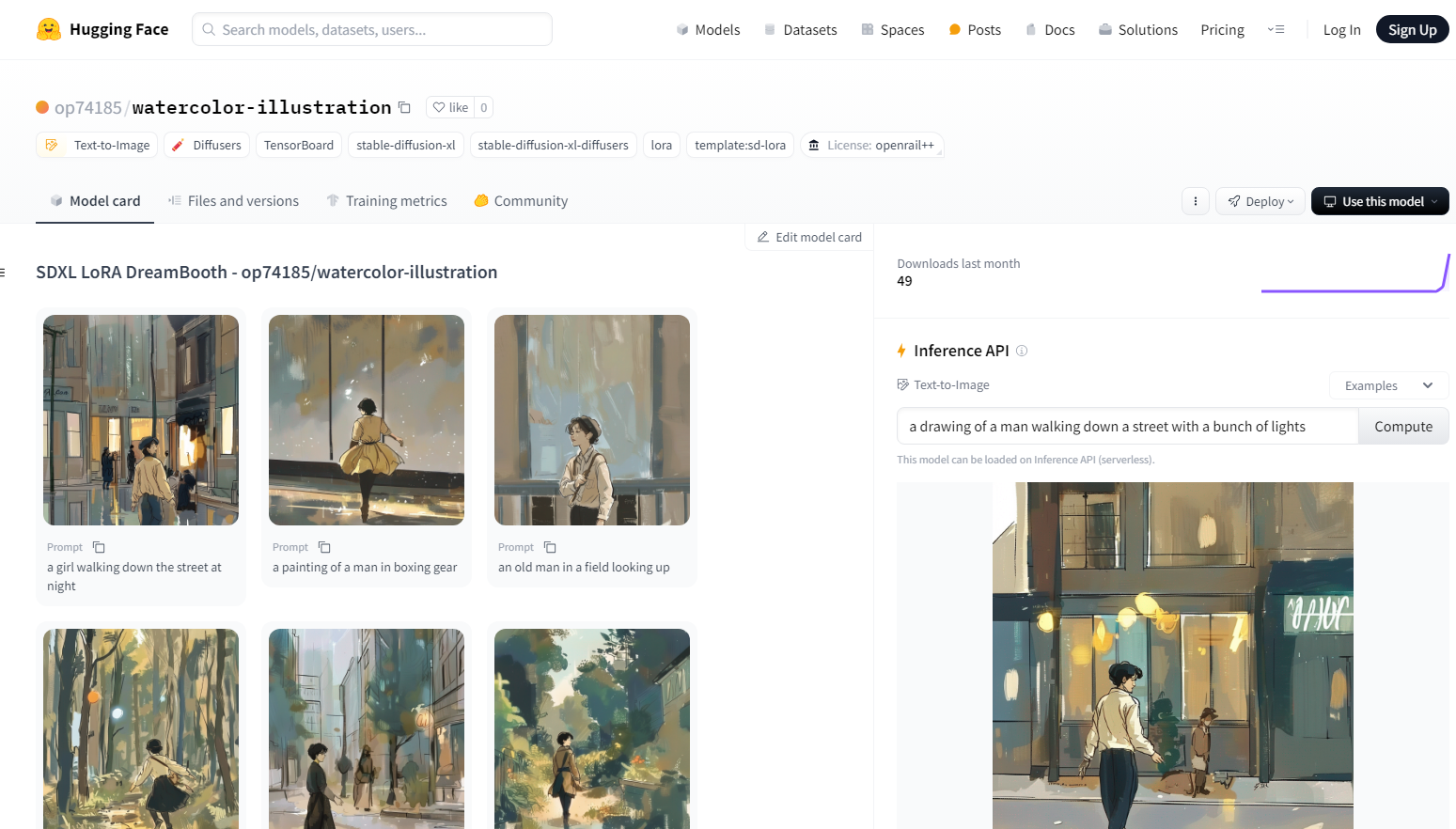
This is a LoRA adaptive weight model based on stabilityai/stable-diffusion-xl-base-1.0, specially designed for generating watercolor illustration style images. It enhances the specific style generation capabilities of the original model through LoRA technology, allowing users to more accurately control the style of generated images.
Demand group:
"This product is suitable for designers, artists and creative workers who need to generate images with specific artistic styles, as well as researchers and developers interested in AI image generation technology."
Example of usage scenario:
Generate an image of a girl walking on the street at night.
Create a portrait of a male in boxer gear.
Draw a painting of people walking on the streets in autumn.
Product features:
Supports a variety of user interfaces (UIs), such as AUTOMATIC1111, Comfy UI, SD.Next, Invoke, etc.
LoRA adaptive weight downloads are provided to facilitate users to adjust the model as needed.
Embedded file downloads are provided to enhance the model's ability to identify and generate specific styles.
Supports text to image conversion using diffusers library.
Through specific trigger words, users can precisely control the style of generated images.
Detailed documentation is provided, including methods for weighting, merging, and fusing LoRAs.
Usage tutorial:
Download the model's LoRA adaptive weights file and embedding file.
Depending on the UI or library used, place the weights and embedding files in the appropriate folders.
Add specific LoRA logos in the UI or import weights and embedding files in code.
Use trigger words to specify the desired image style in the prompt.
Through a UI or programming interface, enter a text description and generate an image.
Depending on the resulting image effect, weights and embedding parameters are adjusted to optimize the results.
